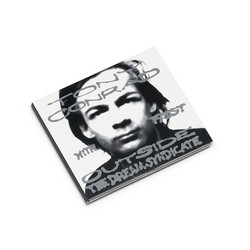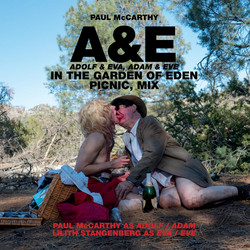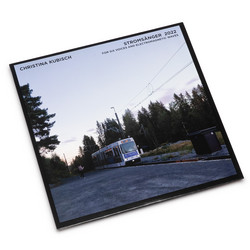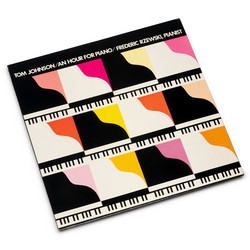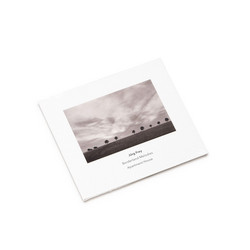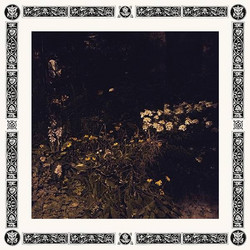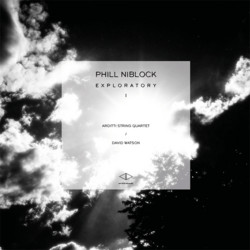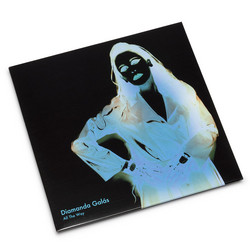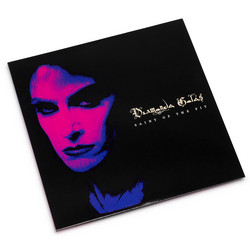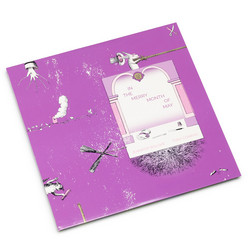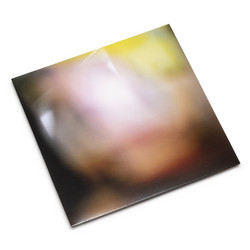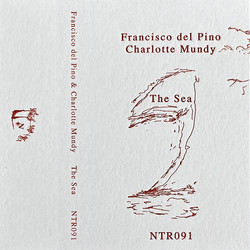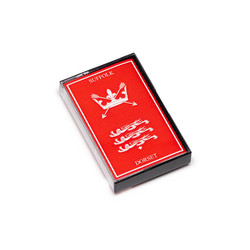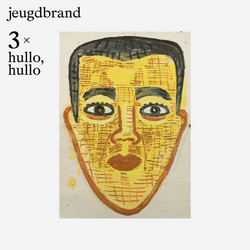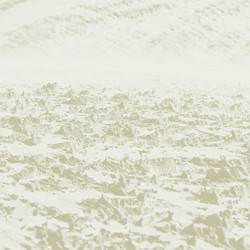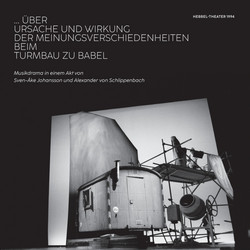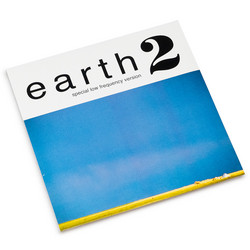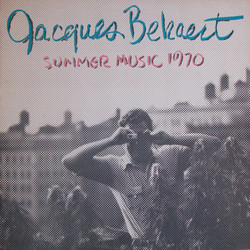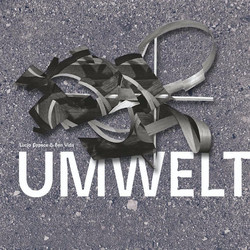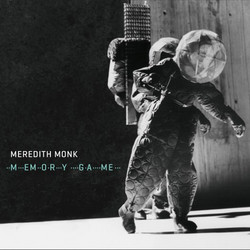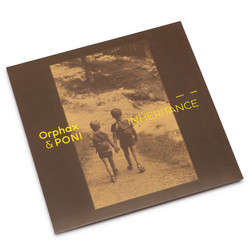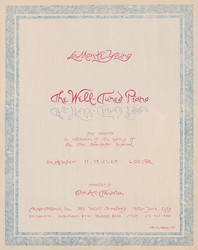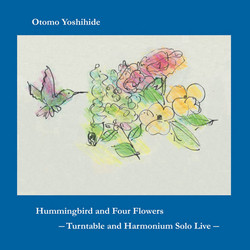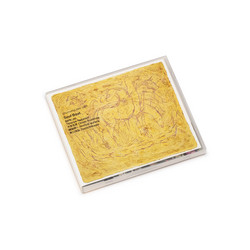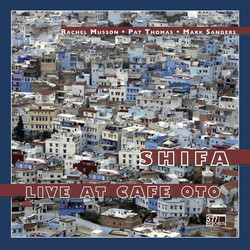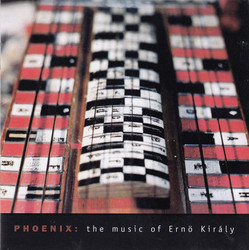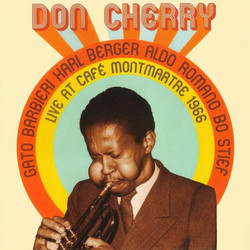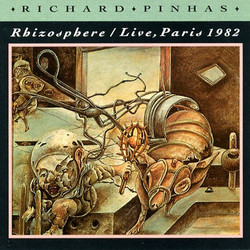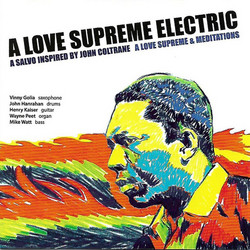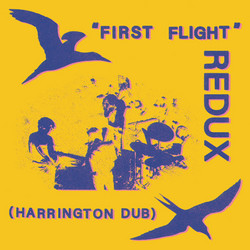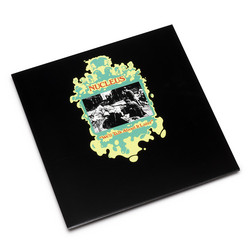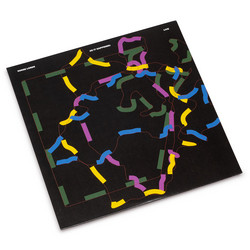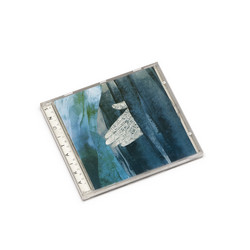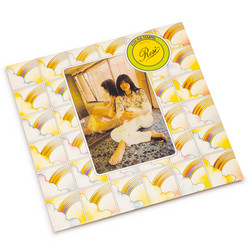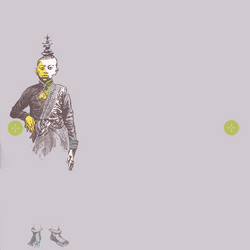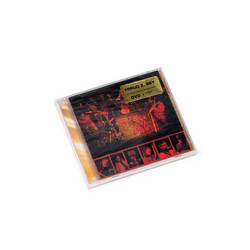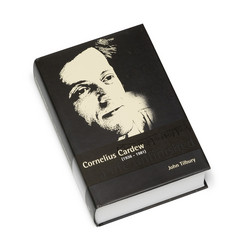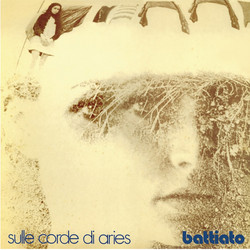Meara O'Reilly
Hockets For Two Voices (LP)
In just over ten minutes of recorded music, Los Angeles-based composer, artist, and instrument designer Meara O’Reilly can communicate a daunting breadth of creative possibility. That’s no mean feat in today’s soundbite-obsessive world, but it’s part of what makes Hockets for Two Voices such an unusual and compelling addition to the hypermodern canon of new music. Hocketing refers to the practice of splitting a melody across multiple parts, often in very surprising ways. While the form dates back to the vocal music of medieval Europe, it’s also found in indigenous folk practices from all over the world. For O’Reilly, who grew up in a household filled with classical music, but who was drawn to the study of musical cognition and perception, her pursuit of hocketing is a natural extension of her interests. “I feel a little like an outsider in some ways,” she admits, “in the sense that I didn’t come from a conservatory background. I was very much steeped in experimentalism and noise music in college. More recently I’ve found myself crossing over in the other direction, where I’m learning to write for orchestral instruments. I really love the focus and discipline and attention to listening that’s present in classical music, where you have the careful rehearsal of these perfect, beautiful little elements. I'm interested in merging both of these perspectives in my work.” Hockets for Two Voices consists of seven movements, each less than two minutes long, but it took a year to record, requiring a vocal precision that pushed O’Reilly to physical limits she hadn’t yet explored, much less conceived of.
At times, each voice alone can be an off-kilter sequence of leaps in pitch and rhythm; clarity only comes when that voice joins its counterpart. The result, referred to in music cognition as pseudo-polyphony, is the perception that there are more voices at play than in reality. In writing these pieces, O’Reilly drew inspiration from psychoacoustic researcher Albert Bregman, who demonstrated how the limits of our perceptual processes can actively shape our experience of music.
